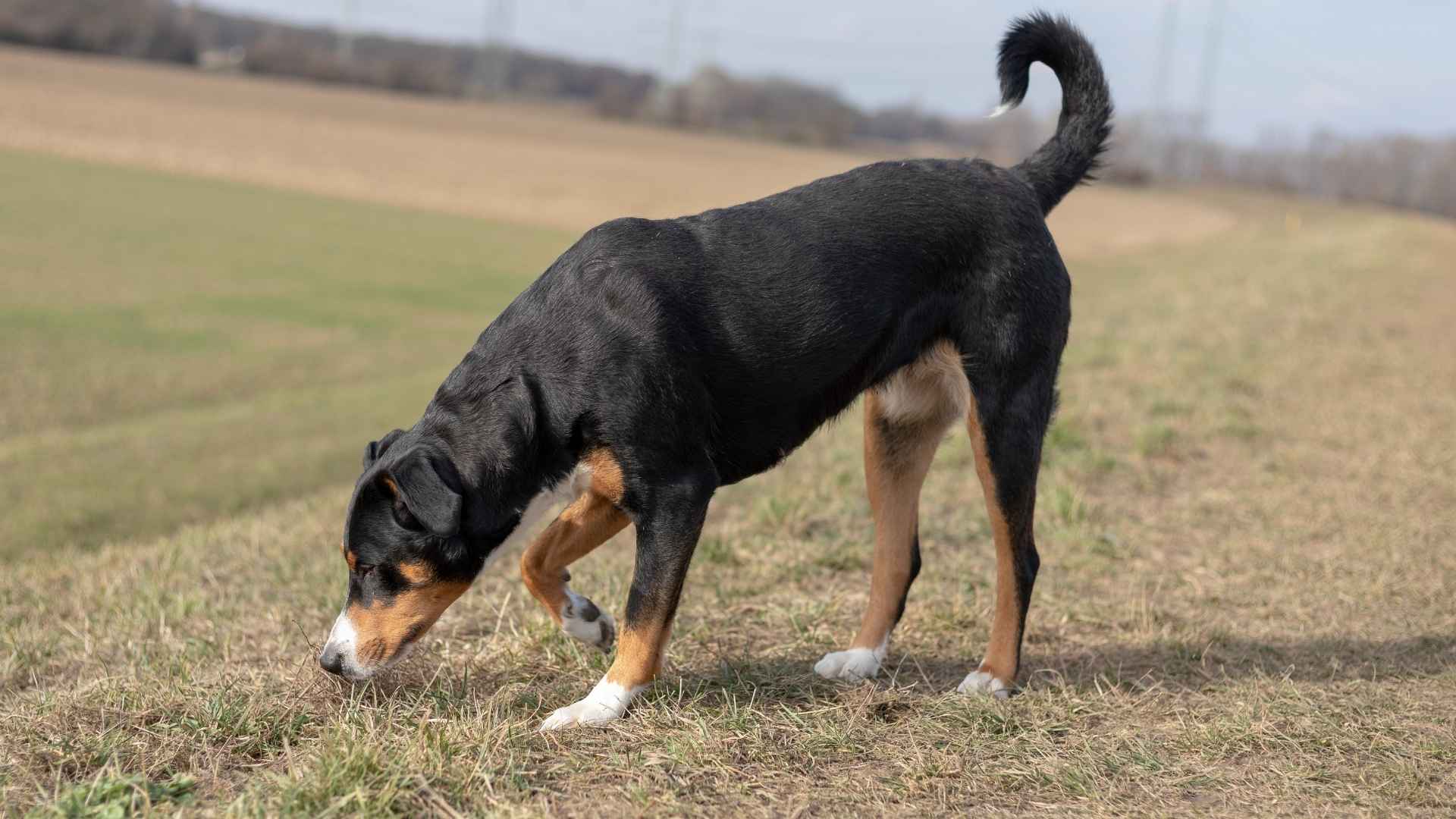Ever wondered why some dogs’ natural scenting abilities make them detectives, sniffing out scents like pros? It’s all in their nose! Some pups have an incredible ability to detect scents, making them perfect for nose work—a growing sport where dogs use their powerful sense of smell to locate hidden scents. But what makes a dog great at this? It’s not just about the nose; it’s about the drive, focus, and natural instincts they bring to the table.
Certain dogs are just built for this kind of work. They have an innate curiosity and relentless determination that make them exceptional scent trackers. Whether it’s finding hidden items, searching for specific smells, or even assisting in critical jobs like search and rescue, these dogs are up for the challenge.
Curious which breeds are best suited for nose work? Well, let’s just say, it’s no accident that some dogs are born with noses designed for success!
Nose Work Expert Dog Breeds
1. Bloodhound
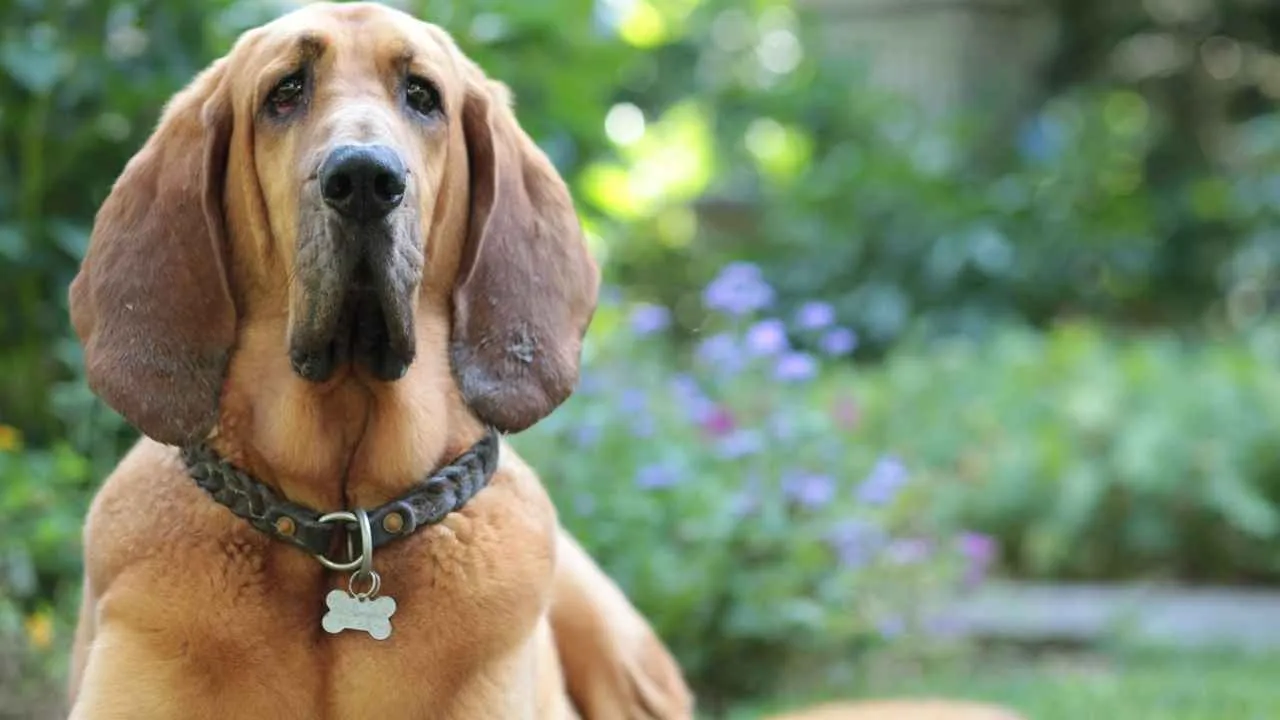
With an unmatched sense of smell, these dogs are often used for search and rescue missions because they can track a scent trail for miles. Their long, droopy ears and wrinkled faces give them a distinctive look, but it’s their powerful noses that really set them apart.
Bloodhounds have a huge olfactory surface area—basically, their noses are built for long-distance sniffing. They’ve been bred for hundreds of years to track game, and this instinct is still strong. But it’s not just the nose; it’s also their focus. Bloodhound is a large dog, weighing 80-110 pounds and standing 23-27 inches tall, according to PetMD.
They are single-minded when it comes to tracking a scent and can ignore nearly everything else, which makes them perfect for nose work. Other dogs may get distracted by people, sounds, or other animals, but not the Bloodhound.
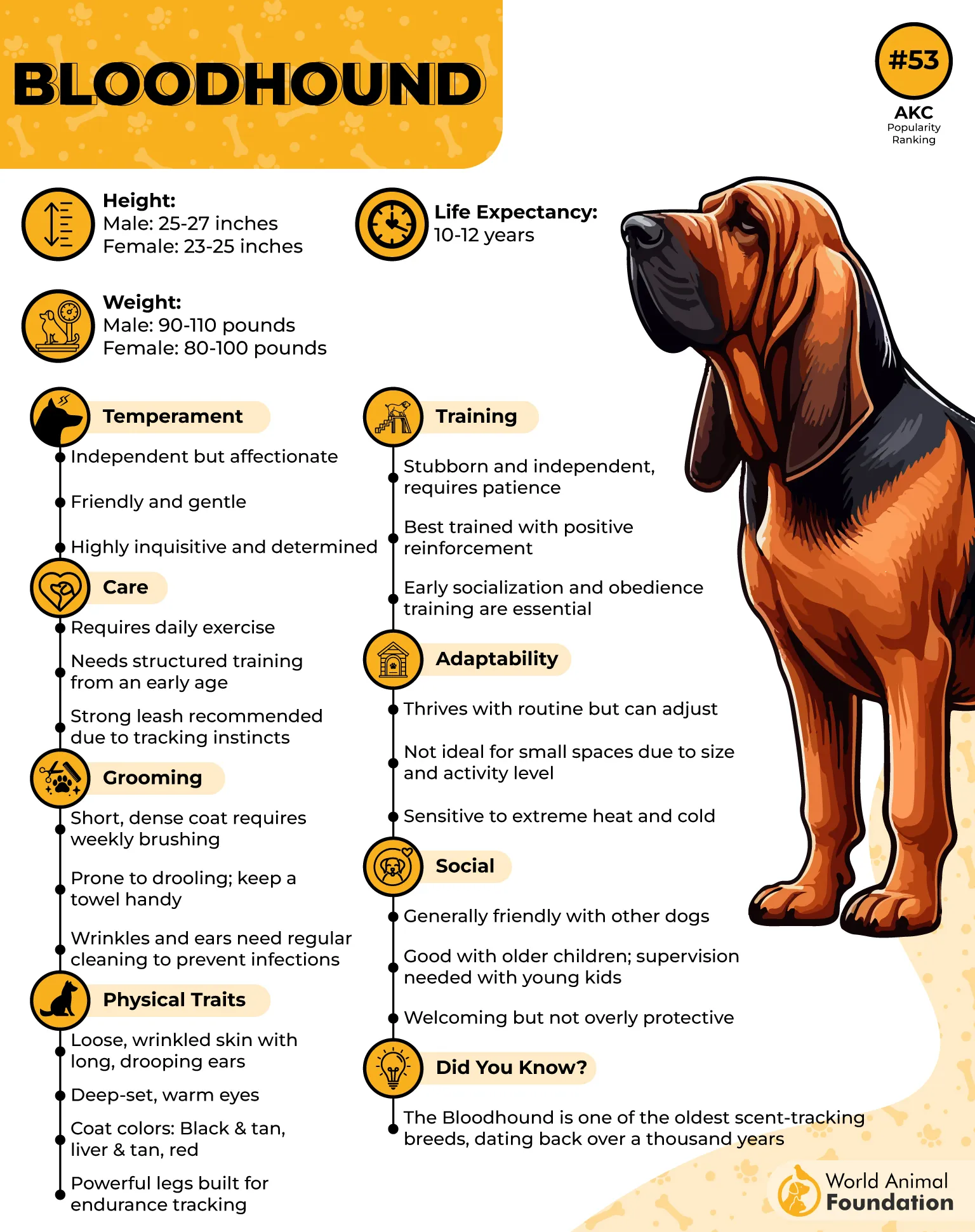
The Bloodhound’s nose is so precise that it can be used in legal settings as evidence in criminal cases. In fact, the courts often accept evidence of a Bloodhound’s scent trail as proof in criminal investigations. How cool is that? This incredible ability has made them one of the most trusted breeds in search and rescue operations around the world.
Another key factor that makes the Bloodhound great at nose work is their stamina. These dogs are not only bred for endurance but are incredibly patient when it comes to tracking. They’ll cover long distances without getting tired or distracted, which is essential when you’re searching for a specific scent.
2. Beagle
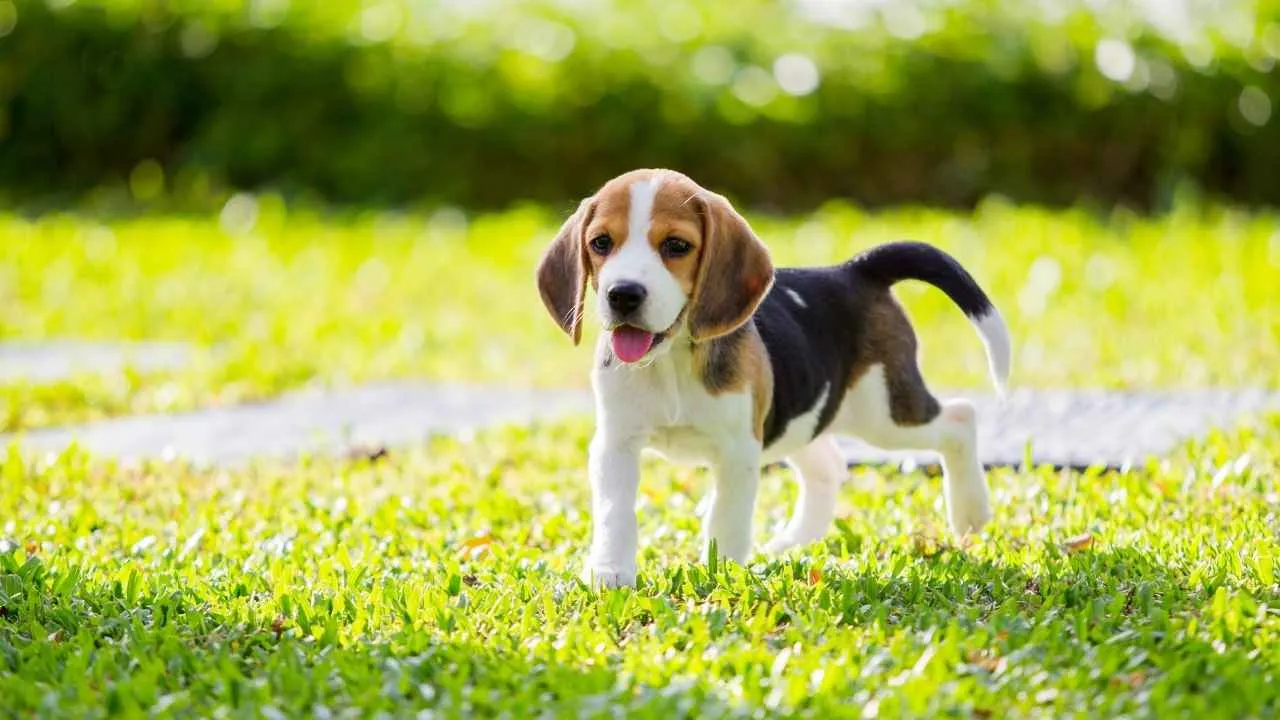
Beagles may be small, but their sense of smell is second to none, making them fantastic candidates for nose work. With a nose that’s about 220 million scent receptors strong, Beagles are expert sniffers and have been used for tracking game and even detection work in airports. What makes the Beagle so great at nose work? It’s their natural curiosity and determination.
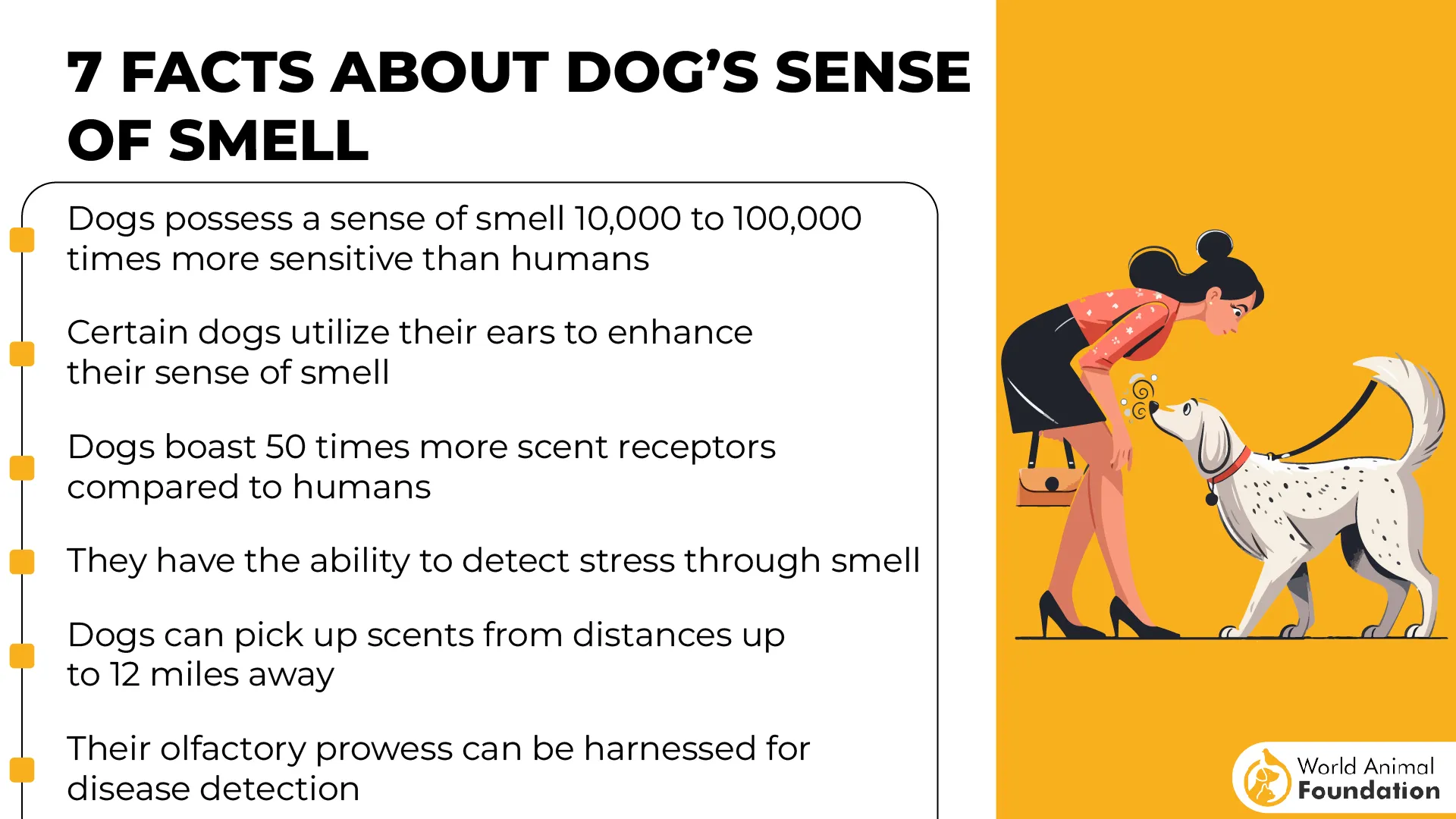
When it comes to nose work, they’re more than just a nose on legs—they have the stamina to keep going for hours. Whether it’s a tracking job or a scent detection challenge, Beagles are in their element when they’re working and sniffing. This breed’s need for mental and physical stimulation makes them perfect for activities like nose work.
These dogs were originally bred to hunt in packs, so they’re used to following their own nose and not necessarily sticking to commands. However, once you capture their attention and motivate them with something they love, they’ll be ready to get down to business.
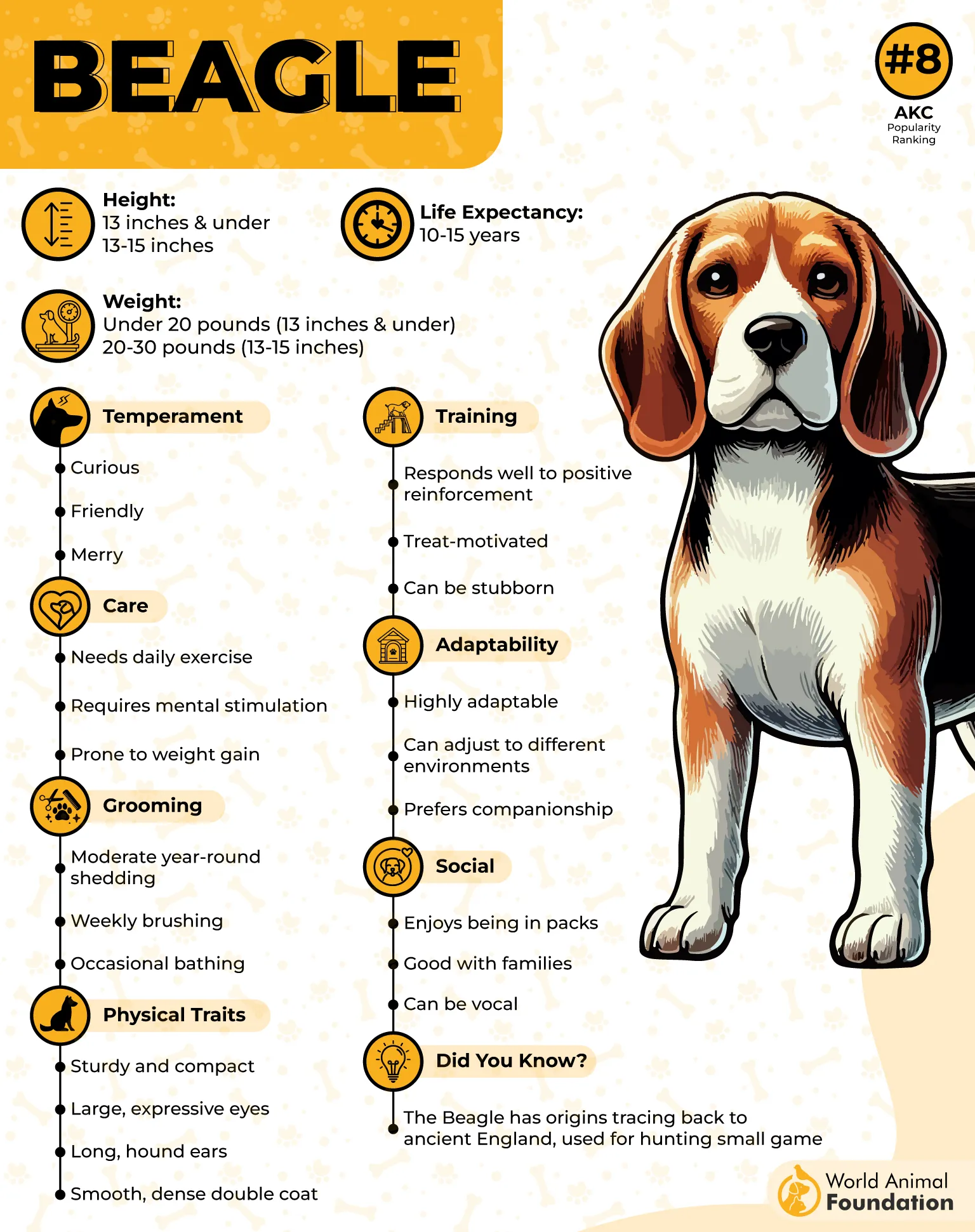
Unlike some dogs that might get distracted by overwhelming smells, Beagles can pick out very specific scents in a crowded environment. This makes them excellent for detecting specific substances in real-life scenarios like search and rescue or even drug detection.
Did you know that Beagles are often used in airports for detection? Their keen sense of smell allows them to sniff out everything from drugs to agricultural products. The Beagle’s sense of smell is so precise that it can often pick up scents that humans can’t even detect.
3. German Shepherd
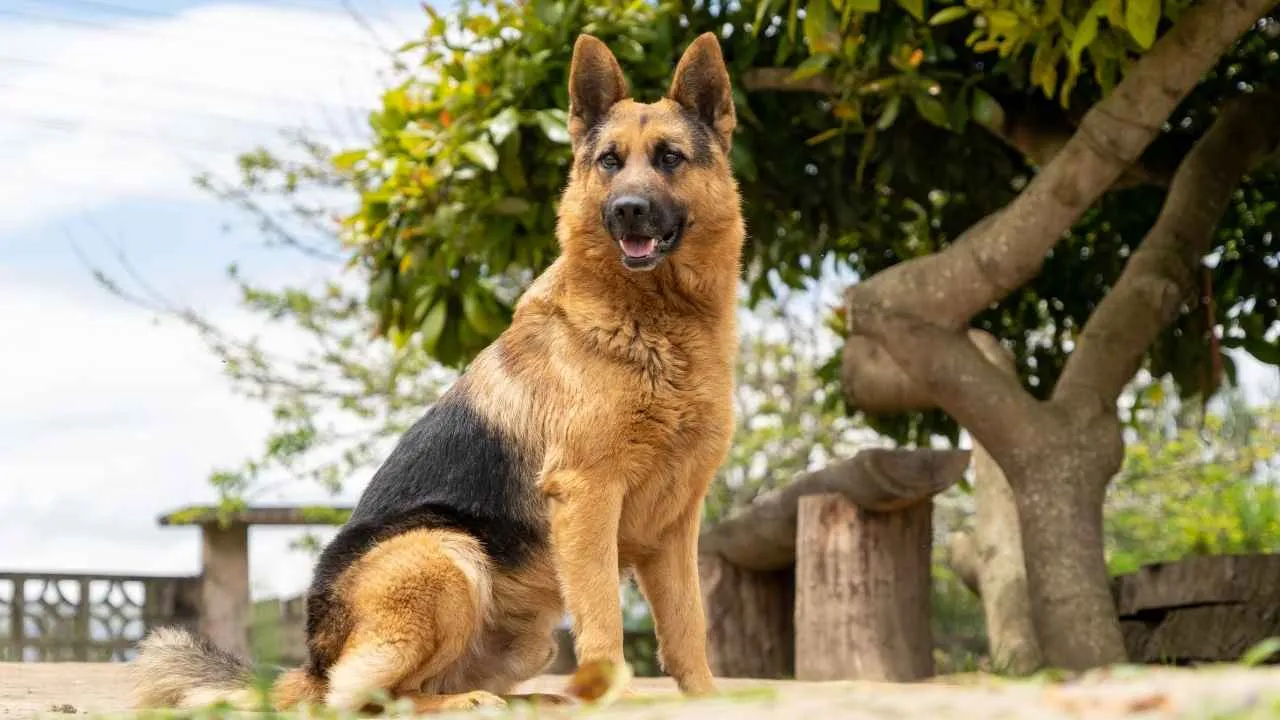
Known for their smartness, intelligence, drive, and versatility, these dogs excel in just about every area of dog training, and scent work is no exception. What makes them so perfect for nose work? Well, aside from their natural drive and intelligence, German Shepherds are highly trainable.
These dogs are bred for high-performance roles, and their strong work ethic really shines through in nose work tasks. They have an incredible capacity to learn and are eager to please their handlers, which makes them some of the best nose work dogs in the world.
They are quick to learn new scents and methods, and their problem-solving abilities make them exceptional at navigating complex scent trails and even more active, says PetMD. German Shepherds are known for thinking ahead, so when they pick up a scent, they’re already analyzing how to approach it, making them not only accurate but efficient.
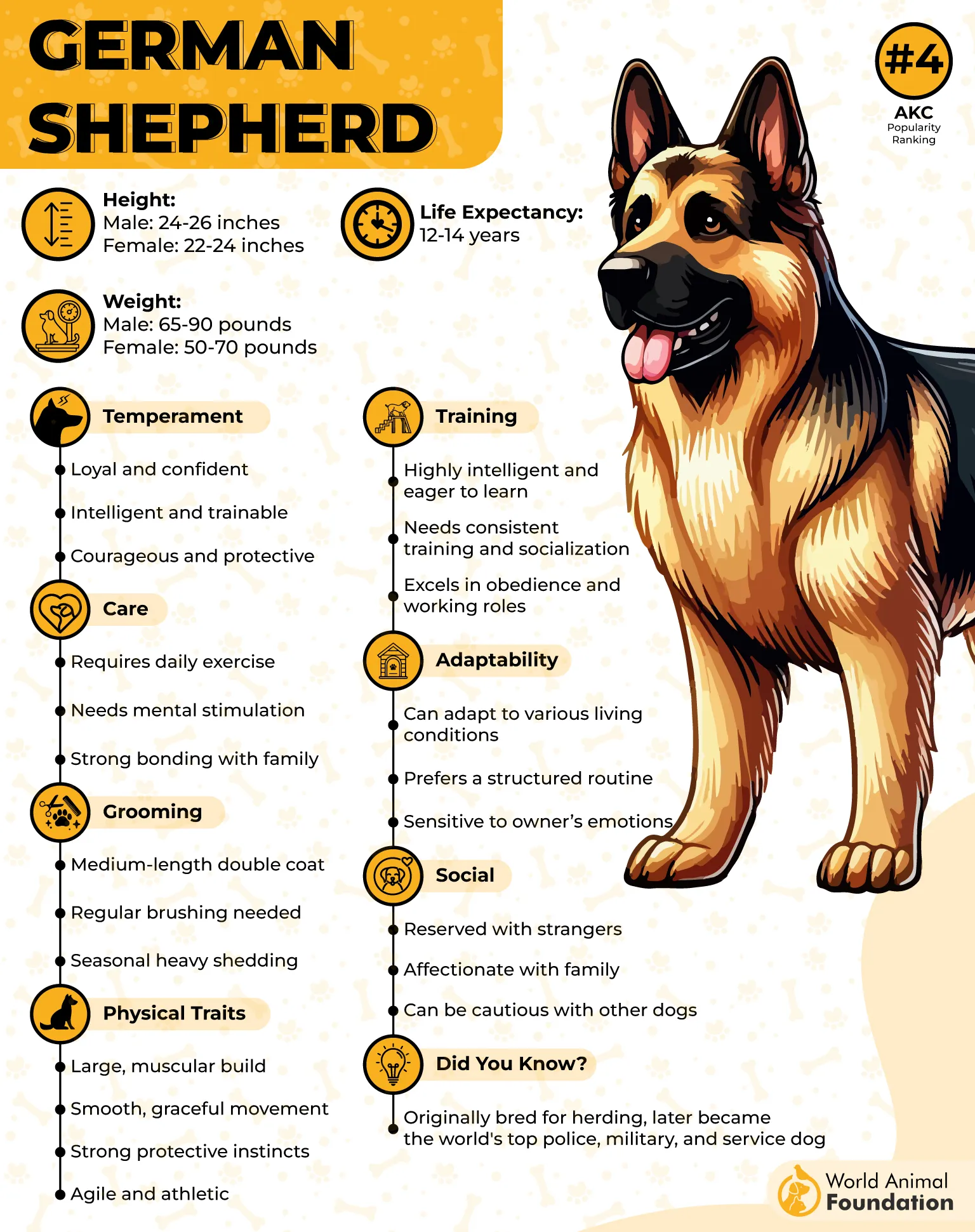
A lesser-known fact is that German Shepherds have a particularly strong “noble” drive—meaning they’ll do whatever it takes to please their handler, which is essential in nose work. Unlike some dogs that might get sidetracked or distracted by the environment, German Shepherds stay locked into the task at hand.
Another interesting aspect of the German Shepherd in nose work is their high-energy nature. These dogs are built for action, and their stamina makes them perfect for old and long scent trails. Their natural athleticism means they can run for long periods without getting tired.
4. Basset Hound
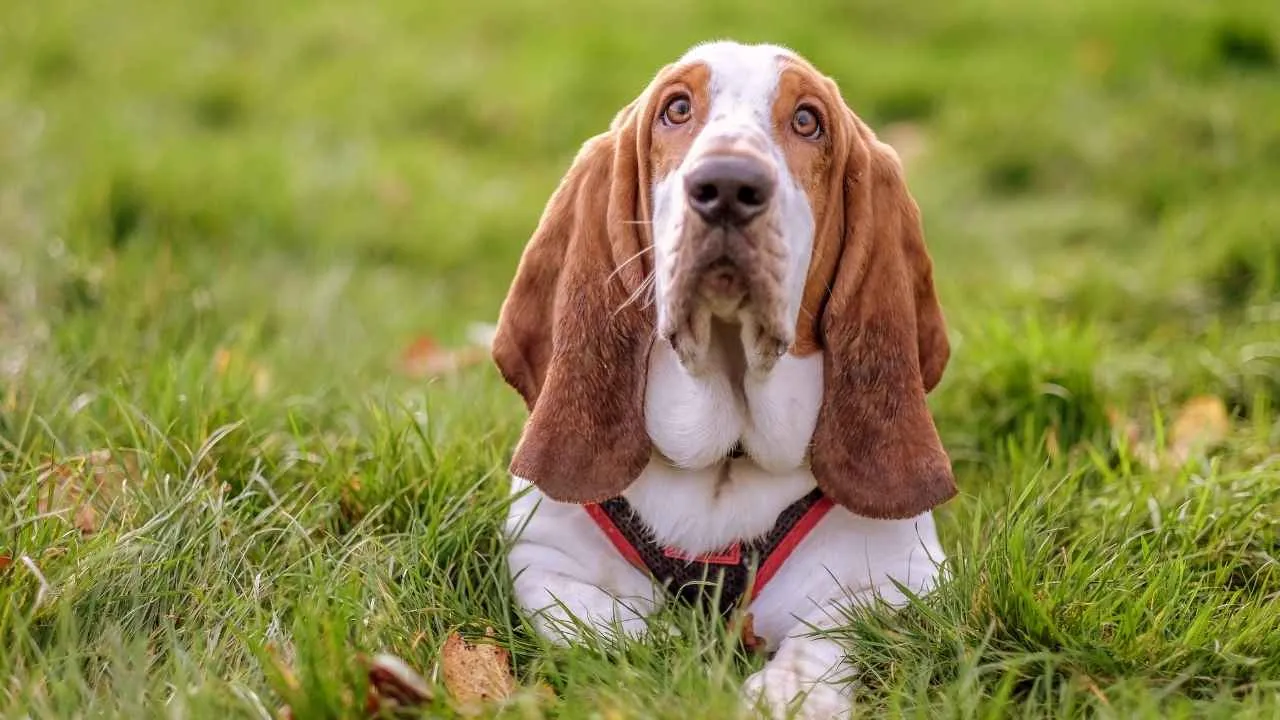
Basset Hounds are often recognized for their big ears, droopy eyes, and adorable looks, but don’t be fooled—these dogs are scent work specialists. Their noses are finely tuned, and their ability to track a scent is remarkable. With around 220 million scent receptors and a deep, soulful sense of smell, the Basset Hound is one of the top contenders when it comes to nose work and has the power to smell, says AKC.
While other dogs might rush through a scent trail, Basset Hounds take their time, sniffing with meticulous care. They’re like slow-and-steady detectives, carefully following each part of the trail without missing a beat. This calm, focused nature is ideal for nose work because it allows them to pick up even the faintest of scents that might otherwise be overlooked.
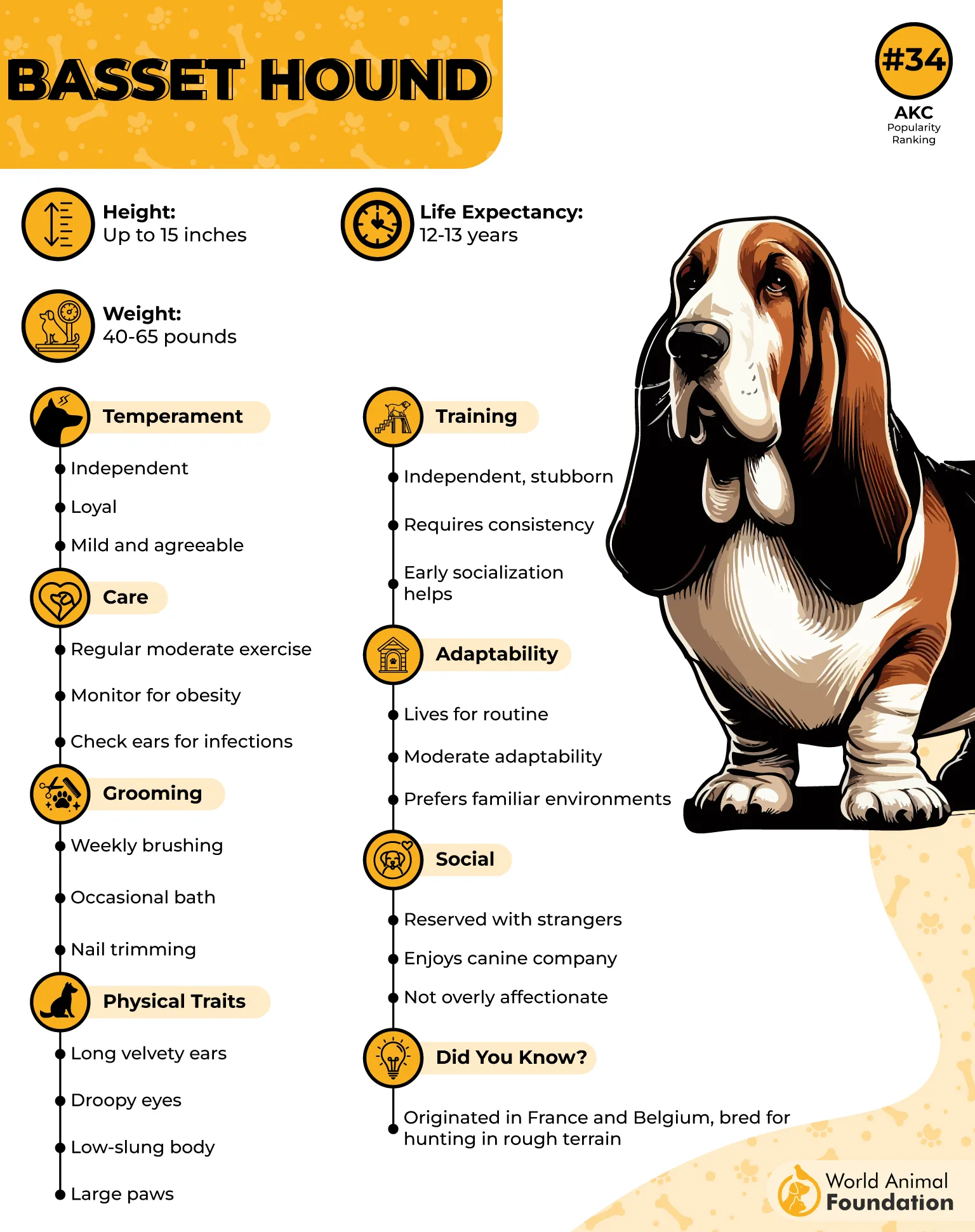
Their low-to-the-ground stance actually works to their advantage here—being closer to the ground allows them to sniff out subtle odors that might be missed by other dogs. This makes Basset Hounds fantastic at finding missing people or lost items.
While they might not be the most energetic breed in terms of running or jumping, their perseverance is unmatched. They can follow a scent for hours, working with a relentless dedication that makes them invaluable in scent detection tasks. This breed’s ability to stay on a trail for such long periods is key in real-life situations, such as search and rescue operations, where time is critical.
Unlike some other breeds that might quietly track a scent, Basset Hounds are known for their distinct, deep “bay.” This sound helps handlers locate the dog when they’re working on a scent trail, and it’s often heard during tracking exercises or searches.
5. Labrador Retriever
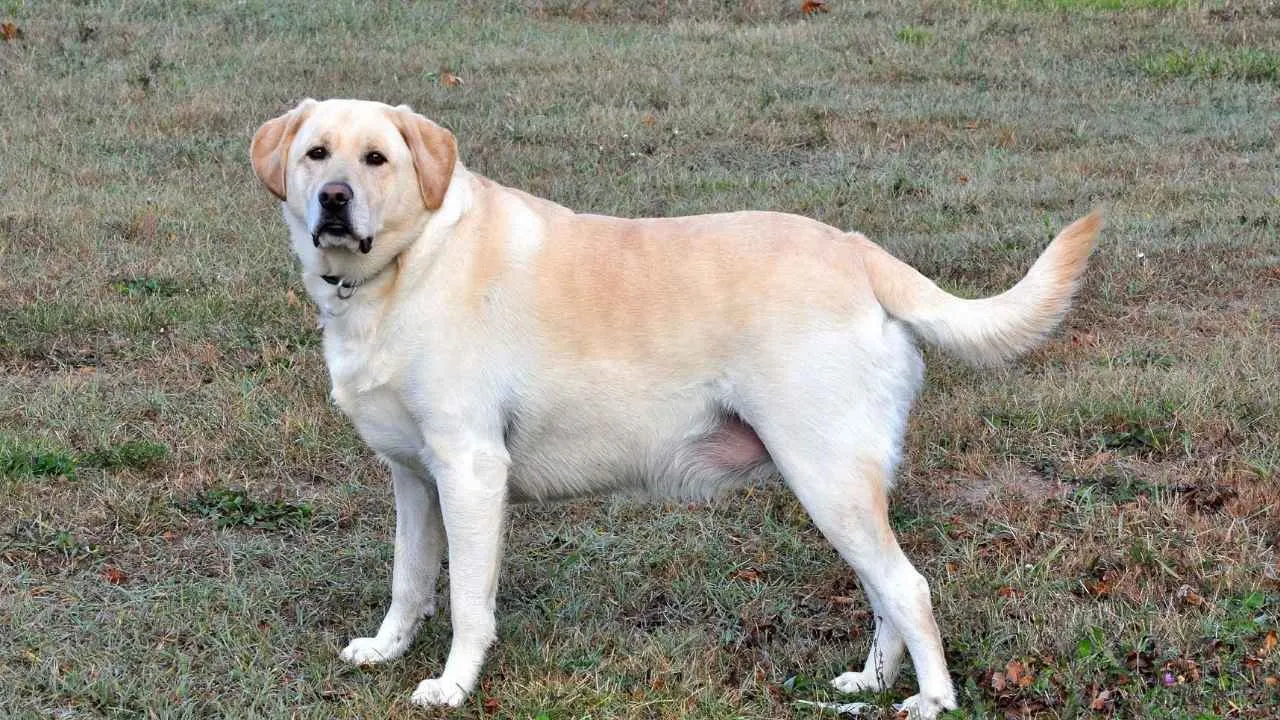
Labrador Retrievers excel in a wide range of tasks, from service work to hunting, and nose work is no exception. What makes them so great at scent detection is their incredible sense of smell combined with their drive to please their owners. Labradors have around 300 million scent receptors in their noses, making them perfectly equipped to excel in tasks like tracking and detecting hidden scents.
One of the standout qualities of the Labrador is its eagerness to work. Unlike some dogs that might be more reserved, Labradors are naturally motivated and love having a job to do. This high level of motivation is what makes them so effective in nose work.
They don’t just follow a scent—they’ll analyze it, figuring out how to approach the task at hand. This problem-solving nature makes them highly adaptable, allowing them to work in a wide variety of environments, from urban areas to dense forests.
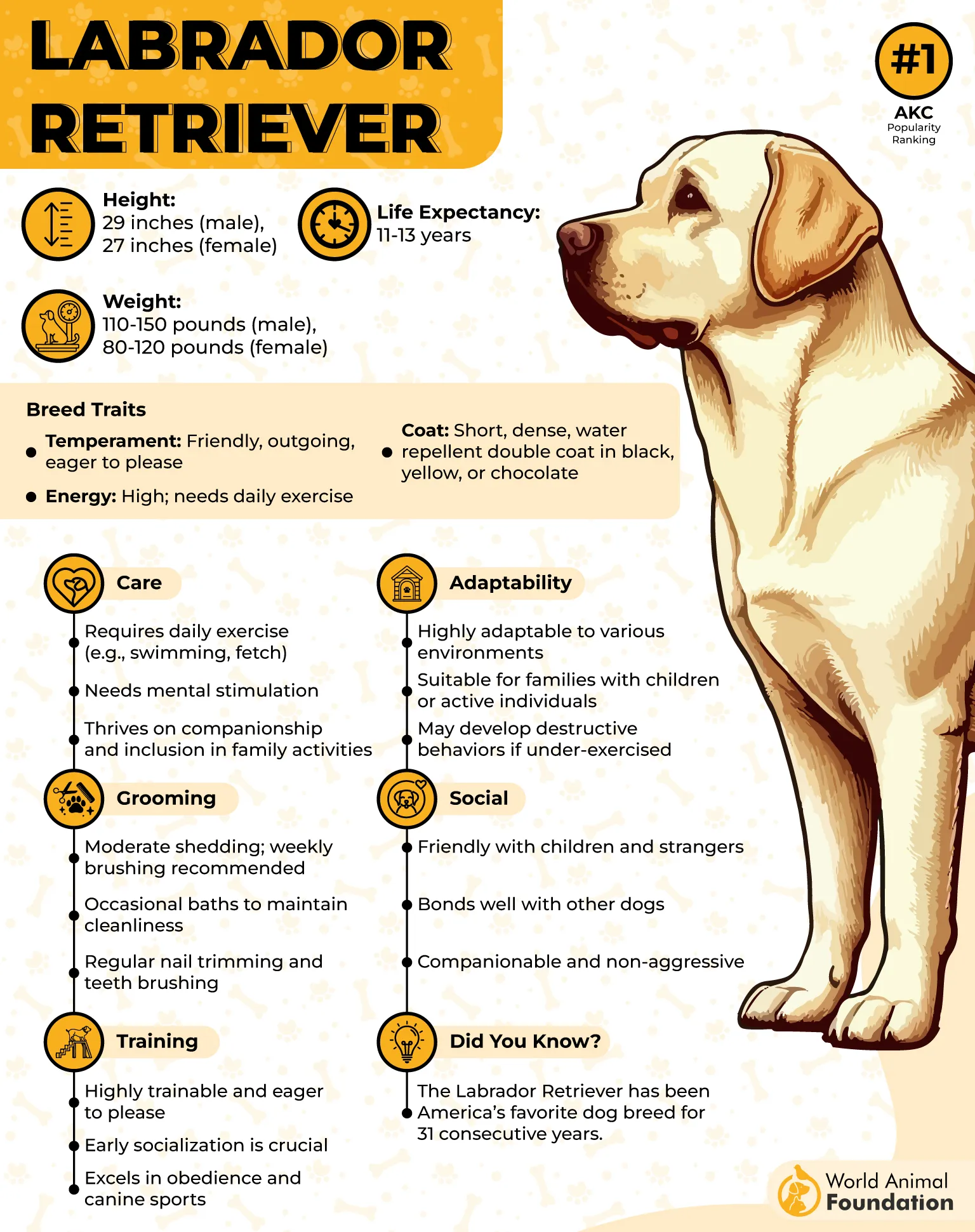
One of the key aspects that makes Labradors so successful in nose work is their social nature. Labradors are naturally people-oriented dogs, and this quality translates well into their scent work. They thrive on positive reinforcement, and their bond with their handlers helps them stay focused and motivated.

Despite their talent for nose work, Labradors are incredibly friendly and approachable dogs, states the AKC. They’re known for their gentle, easygoing personalities, which make them ideal family pets in addition to their working roles. Their friendly nature means they can work in environments with lots of people and distractions, but they still stay focused on the task at hand.
6. Coonhound
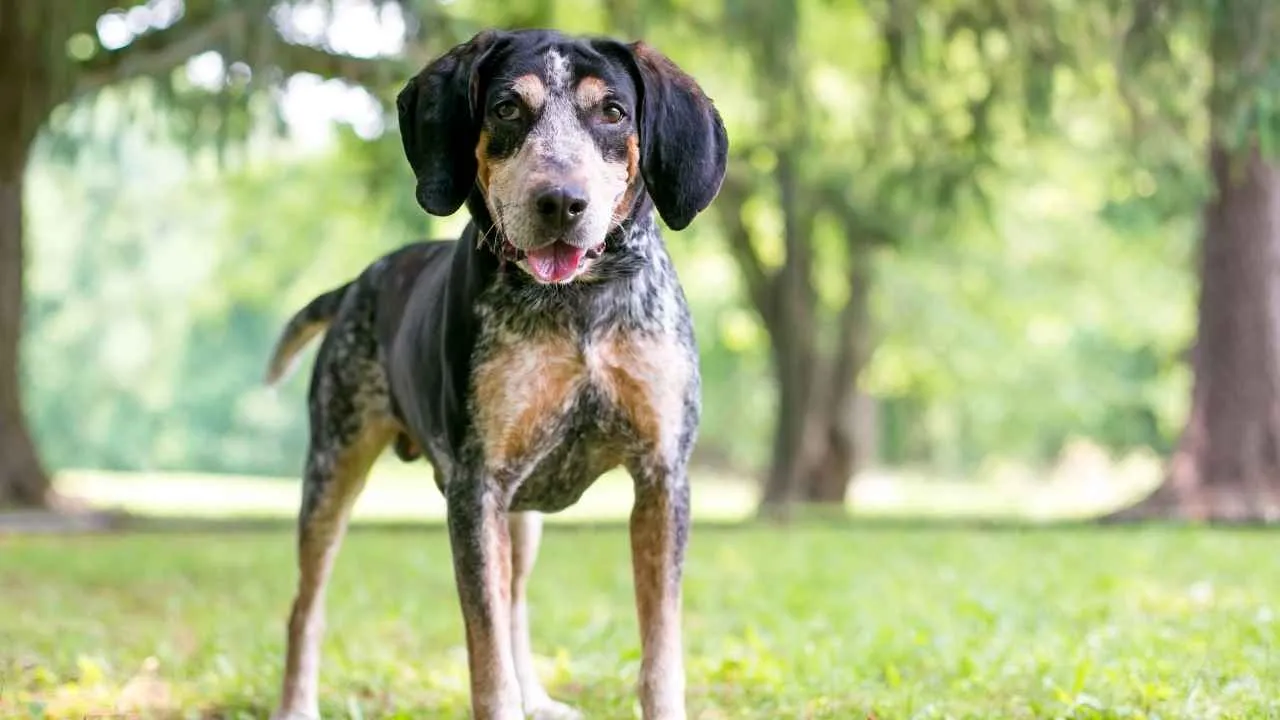
Originally bred for hunting raccoons, Coonhounds are equipped with a nose that’s sharp and highly specialized. With an incredible ability to follow a scent trail over long distances, Coonhounds have an innate knack for sniffing out targets. These dogs have a relentless drive to find what they’re looking for.
Coonhounds have an ability to track a scent across miles, and they’ll keep on the trail even when the scent fades or the conditions become tricky. Their exceptional stamina and endurance make them perfect for long-distance scent work.
Originally bred for hunting in rugged, dense forests, they’re accustomed to navigating through tough environments. Coonhounds can maintain focus and work through obstacles with ease. Their strong, muscular build and excellent sense of smell allow them to handle any challenge that comes their way.
Although Coonhounds are incredibly dedicated when it comes to nose work, they also have a bit of a stubborn streak. VCA states that these dogs are known for their independent nature, often preferring to follow their noses instead of sticking strictly to commands. However, this doesn’t mean they’re untrainable.
When working, these dogs will often let out a distinctive bay or howl to announce they’ve found the scent. This vocalization, while unique, is incredibly helpful for handlers, especially in search-and-rescue scenarios. It lets the handler know exactly where the dog is, even in dense, difficult-to-navigate areas.
7. English Springer Spaniel
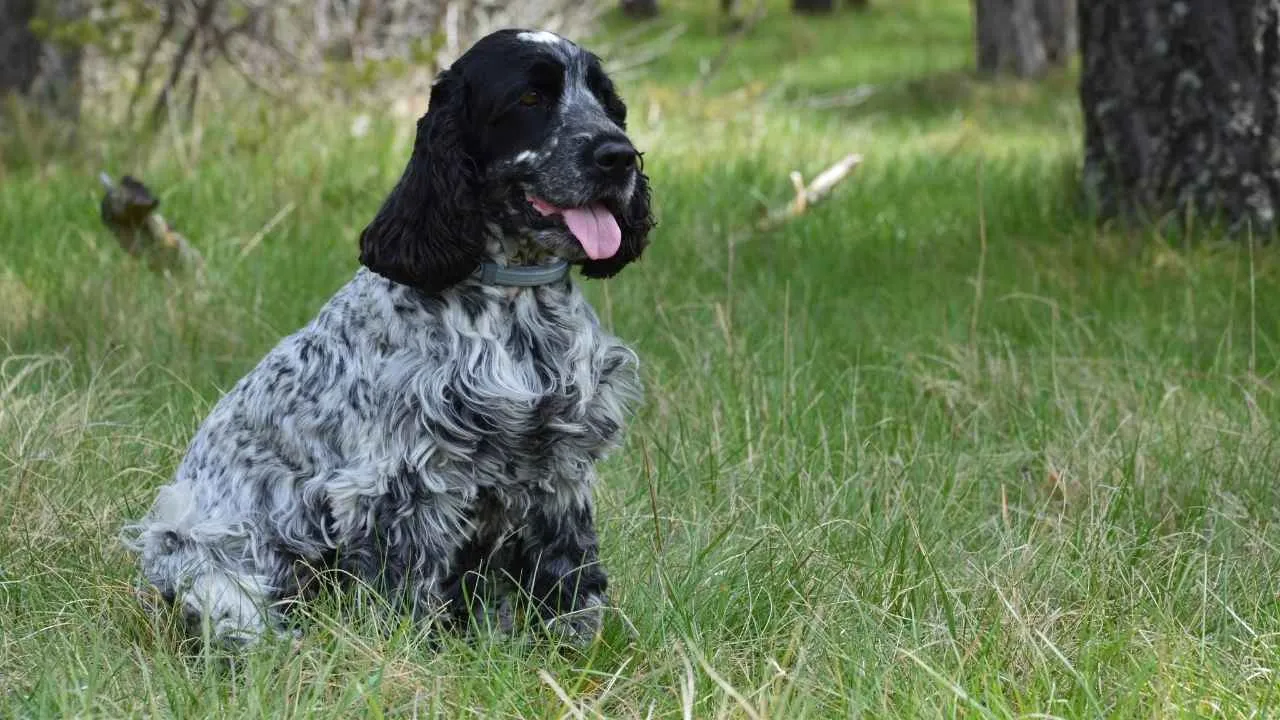
This breed is well-known for its boundless energy, playful nature, and most notably, its exceptional scenting abilities. Originally bred as a hunting dog, the Springer Spaniel has an innate instinct to track scents, which makes it a perfect candidate for nose work. With a keen nose and an unwavering drive to work, these dogs excel at finding specific smells.
When it comes to nose work, this breed isn’t just good—they’re obsessed. Their high energy levels allow them to stay focused on a scent for long periods, even through challenging conditions. They are incredibly driven dogs that thrive on challenges, and this makes them perfect for jobs requiring attention to detail and perseverance.
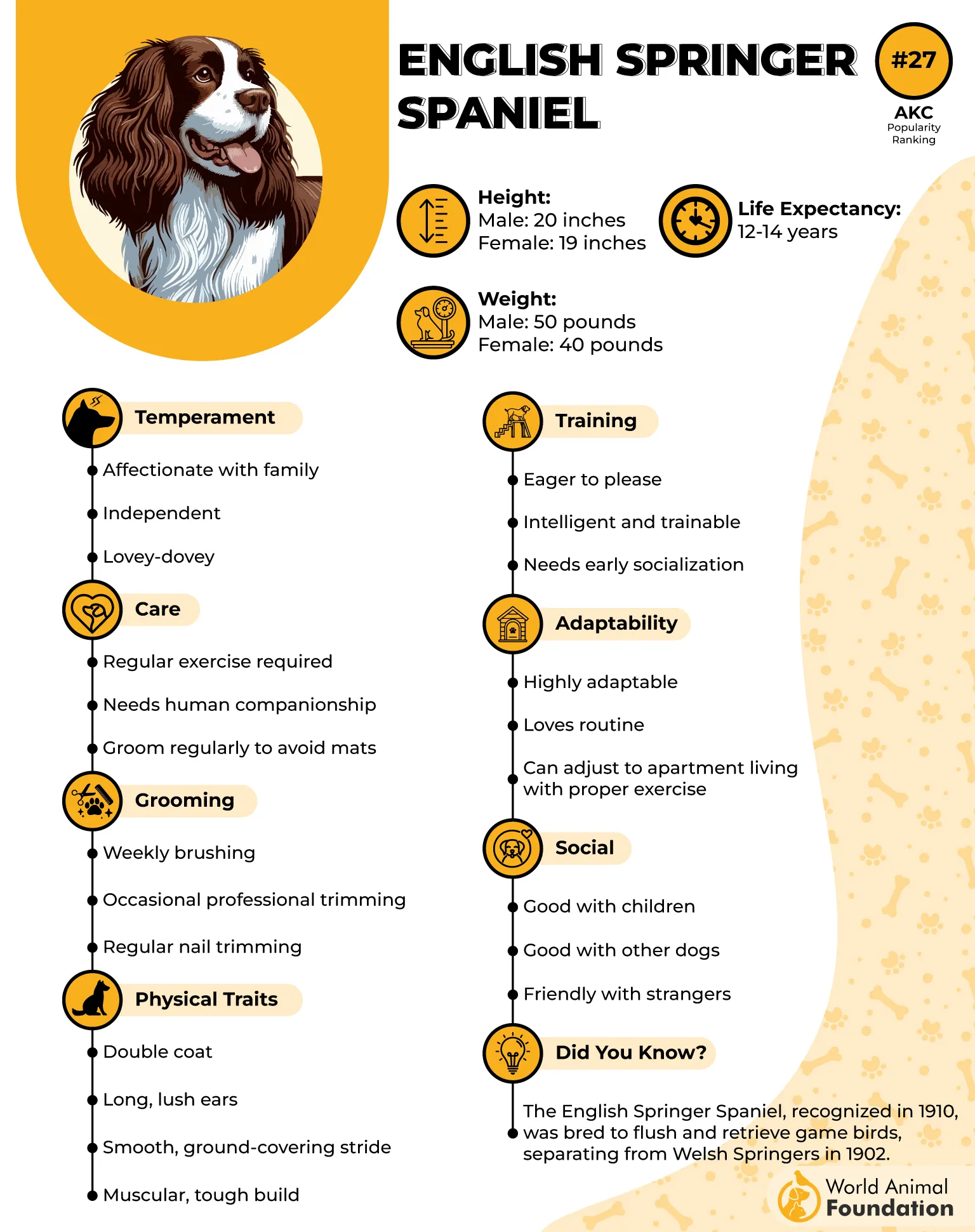
Petplan states that the Springer Spaniel is also highly intelligent, which allows it to quickly learn scent detection tasks and differentiate between various scents. This intelligence means they’re not just following a basic scent trail—they’re analyzing and interpreting the situation as they go.
As a bird-hunting breed, English Springer Spaniels are skilled at tracking down and flushing out prey. In nose work, this translates into a dog that knows how to keep its nose to the ground and search tirelessly for the target scent.
While they’re known for being energetic, they can also be patient when it comes to tracking scents. Unlike some breeds that may get distracted or overly excited, Springers know when to keep calm and stay focused. This combination of energy and patience makes them a unique asset for scent detection tasks.
Conclusion
Nose work expert dog breeds are stars in the world of canine scent work, showcasing their extraordinary sense of smell and natural talent in dog sports. These dogs, from German Shepherds to other scent-driven breeds, excel in scent work by using their dogs’ noses to find scent across various environments. Whether they’re working through odor recognition tests, identifying a target odor like clove, birch, or other essential oils, or simply playing a fun game of scent detection at home, these dogs thrive on mental stimulation, confidence-building, and instinct-driven activity.
Nose work training is a great way to support fearful dogs, older dogs, or dogs with physical limitations, giving them a chance to succeed, focus, and enjoy life through purposeful activity. This sport allows dogs to explore a search area, sniff through boxes, or navigate a new location, using nothing but their nose to locate hidden odors. Whether you’re teaching a puppy or working with other dogs in a class, positive reinforcement with treats helps reinforce success and build trust between the handler and dog.
Organizations like the National Association of scent work promote trials and competition for dogs of any age, encouraging handlers to observe their dog’s body language, understand signals, and respond appropriately. During training, dogs may sniff around a room, search a house, or explore outdoors—all while sharpening their skills in identifying specific target odors.


